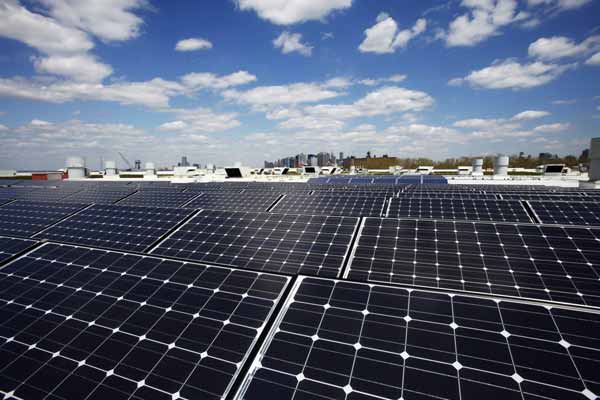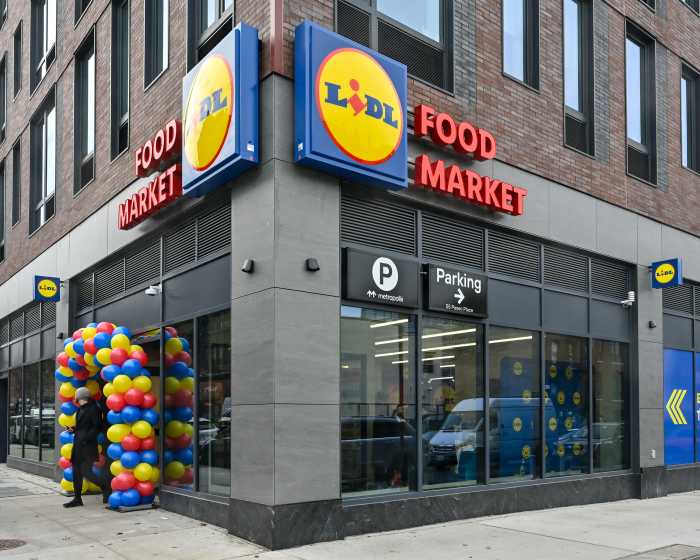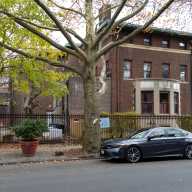It is their moment in the sun!
Residents of Park Slope, Gowanus, Cobble Hill, Carroll Gardens, and Red Hook will be able to power their homes via a massive dedicated solar-panel array some time in the coming years, buying juice that’s cleaner and cheaper than what Con Edison’s selling, according to a solar expert.
“It’s a good deal,” said Jeff Irvine of Sustainable City University of New York, which is helping plan the panel farm. “It’s a way of getting immediate savings and helping the environment at the same time.”
The university and the city are working together to build a nearly-football-field-sized array on a rooftop or parking lot in Brooklyn that they hope will generate about 650,000 kilowatt-hours per year — or enough to power 100 homes, based on a 2009 survey conducted by the US Energy Information Administration.
The array could be built anywhere in Brooklyn large enough to hold it — the university is currently eyeing the roofs of warehouses in Red Hook — but would only be available to customers living within the bounds of Community Board 6, who would either lease or buy panels, Irvine said.
The project is an extension of Community Board 6’s Solarize program, which saw 357 locals apply to have their properties inspected for solar panels. In the end, only 120 buildings were suitable for the photovoltaic systems due to limited space and oddly-shaped roofs, and the shared array was envisioned as a solution to the community board’s lack of solar real estate, according to an organizer.
“We had a huge turnout, but a lot of people didn’t have roofs or their roofs weren’t a viable candidate for solar,” said Laurie Reilly, Sustainable City University of New York’s communications director. “So we helped them apply for funding and worked with the City of New York to bring a pilot for the mayor’s shared solar program to the community board.”
Customers should expect savings of at least 10 percent off Con Ed’s rates, Reilly said — although depending on the cost of construction and the deals developers are able to workout with property owners, the savings could go as high as 30 percent, which means a discount of 3–8 cents per watt, based on the power juggernaut’s current rate of 27 cents per watt.
The university is currently soliciting interest from property owners and developers interested in constructing and maintaining the array, which the university will vet to ensure fair pricing for both partners, Irvine said.
The array won’t be large enough to serve even a small percentage of the entire community board, which is home to well over 100,000 residents, and subscribers will likely be chosen on a first-come-first-serve basis, according to Irvine.
There is currently no timeline for the project.

























